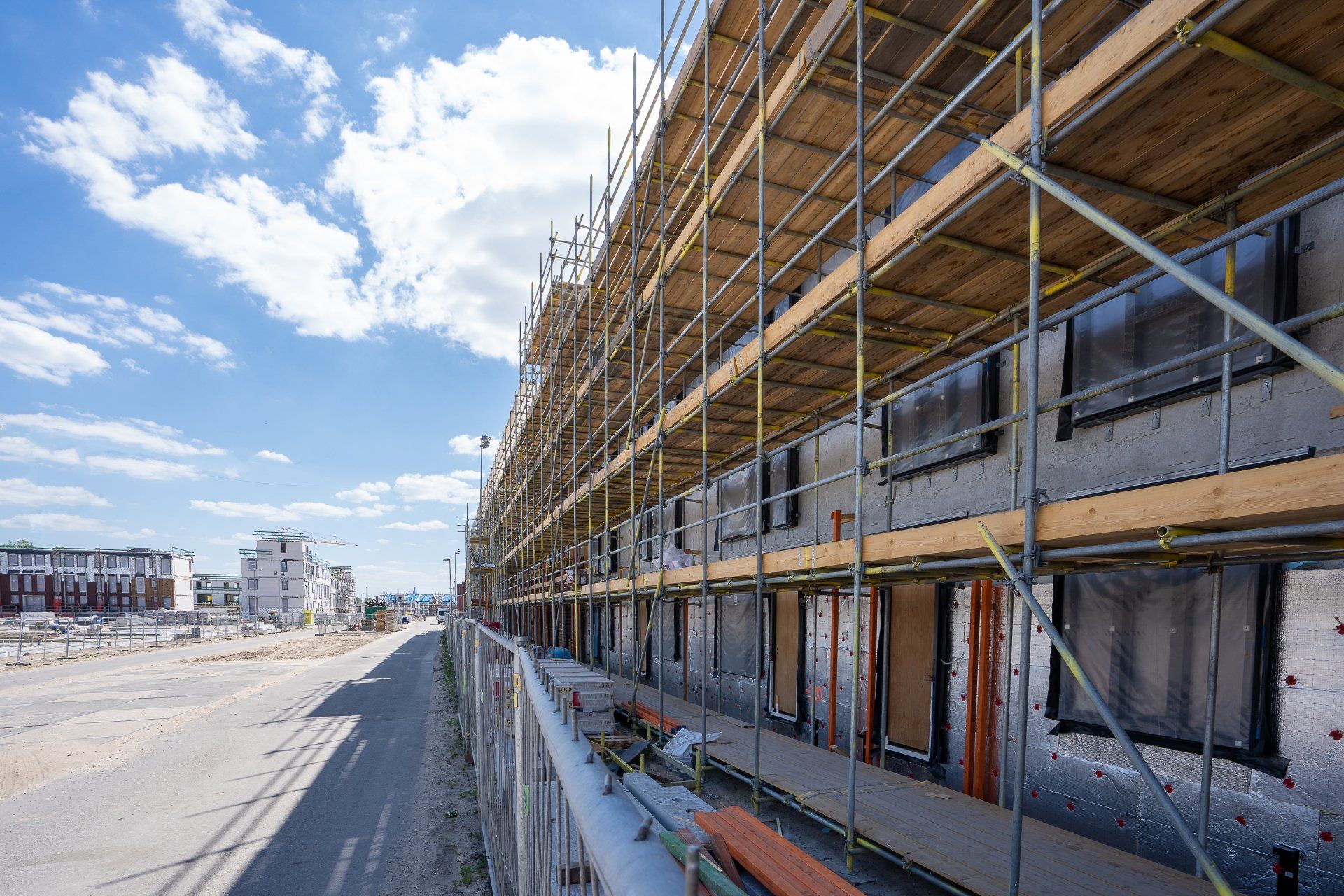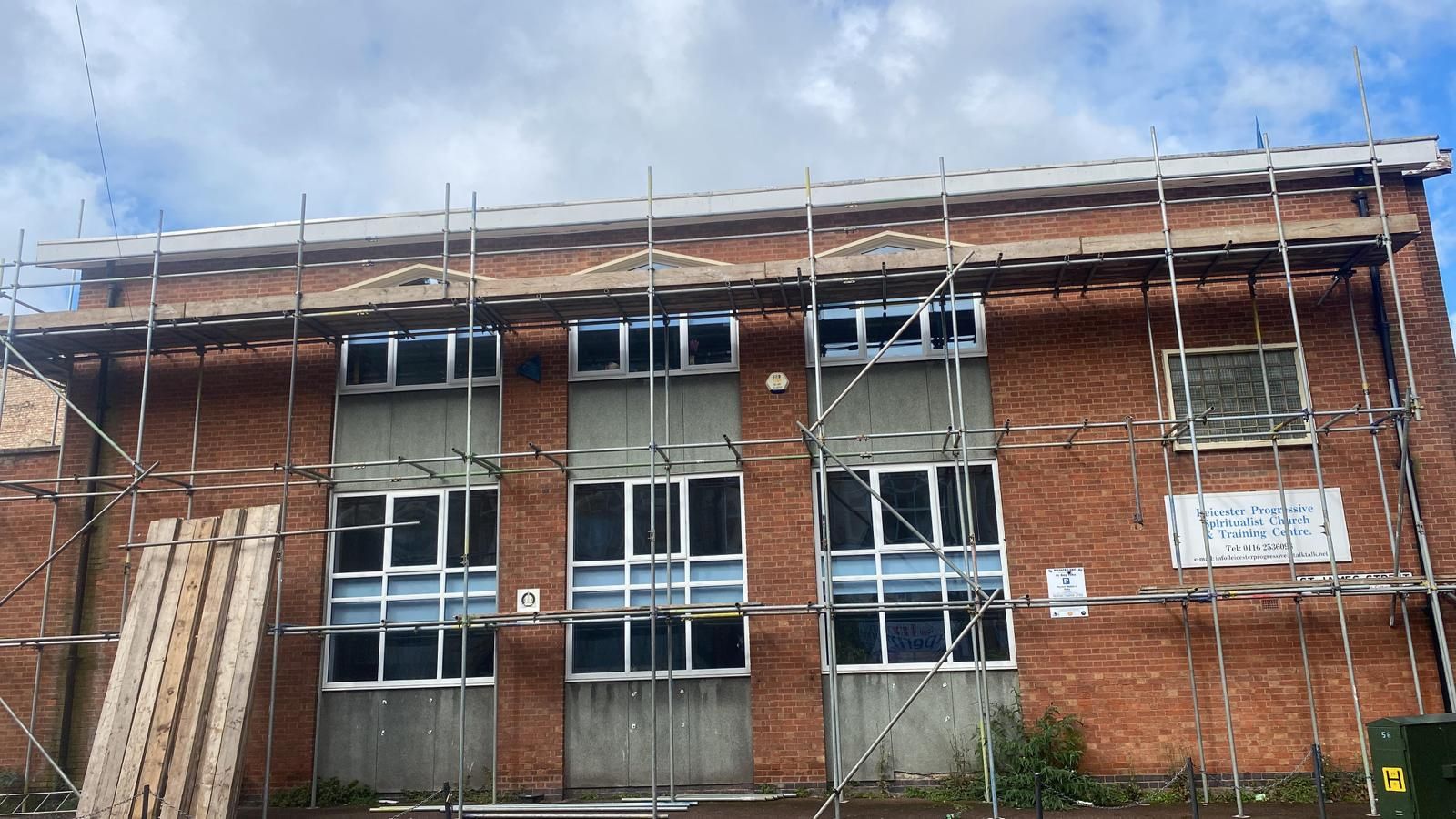How to Choose the Right Scaffolding System
Choosing the Right Scaffolding Systems in Leicester
Introduction
Choosing the right scaffolding system is critical for the safety and efficiency of any construction or maintenance project. The selection of a scaffolding system influences work pace, worker safety, and project costs. Given the range of scaffolding types available, each suited to different tasks and environments, selecting the appropriate system requires careful consideration. This blog post will guide you through the essential factors to consider when choosing a scaffolding system, ensuring that your decision not only enhances productivity but also upholds the highest safety standards.
Understanding Different Types of Scaffolding
Before diving into how to select a scaffolding system, it's important to understand the main types available:
- Frame Scaffolding: Often made from steel or aluminium, this common type of scaffolding is used in various construction projects due to its ease of assembly and disassembly.
- Supported Platform Systems: These are built from the ground up and are among the most commonly used scaffolding systems. They can be customised to fit various shapes and sizes.
- Suspended Scaffolding: Used primarily for repair work and painting, suspended scaffolding hangs from the roof of a building. It's ideal for tasks at great heights and on tall buildings.
- Rolling Scaffolding: Mounted on castors or wheels, rolling scaffolding can be moved easily around a site. It's perfect for tasks that require mobility and is used extensively in interior and exterior renovations.
- Tube and Clamp Scaffolding: This flexible system consists of tubing and clamps that lock in various configurations and angles. It's suitable for irregular architectures.
- Adjustable Scaffolding: This type is used in activities like painting or repairs over different heights, featuring a work platform that can be raised or lowered.
Factors to Consider When Choosing a Scaffolding System
1. Nature of the Project: The type of project is one of the most critical factors in choosing scaffolding. For instance, heavy-duty construction work may require a more robust system like frame or supported platform scaffolding, whereas light residential work might benefit from simpler setups like rolling scaffolding.
2. Safety Features: Safety is paramount in selecting scaffolding. Ensure the system complies with all local and international safety standards, including stability, load capacity, and durability against environmental factors. Features such as guardrails, non-slip platforms, and toe boards increase safety.
3. Height and Load Requirements: The project's height and the load the scaffolding needs to support are crucial in decision-making. Evaluate the system's maximum load capacity and ensure it can safely accommodate the weight of workers, tools, and materials.
4. Flexibility and Adaptability: Some projects require complex scaffolding that can be adapted to various shapes and sizes. Systems like tube and clamp scaffolding offer greater flexibility than prefabricated structures.
5. Setup and Dismantling Time: Consider how quickly and easily a scaffolding system can be assembled and disassembled. Rolling and frame scaffolding offer ease of movement and assembly, which can significantly reduce labour costs and time.
6. Budget: Budget constraints play a significant role in your choice. While it's important not to compromise on safety for cost, there are economically viable options that offer both safety and efficiency. Always compare different systems and choose one that provides the best value for money.
7. Consultation with Professionals: Always consult with a scaffolding professional or company to get expert recommendations based on your specific requirements. Their experience could prevent potential oversights and ensure that the chosen scaffolding type is the most suitable for your project.
Conclusion
Choosing the right scaffolding system involves a thorough analysis of project-specific requirements, safety standards, budget, and professional advice. By considering these factors, you can select a scaffolding system that not only boosts productivity but also ensures the safety of everyone on site. Remember, the key to successful scaffolding lies in choosing a system that is adaptable, safe, and right for the task at hand. Safety should never be compromised, and investing in quality scaffolding is investing in the success of your construction or maintenance project.
For further information, click here to visit our website or call Leicester Scaffolding Services JK on 0116 216 5534.
Click here to complete our contact form and see how we can help you with your scaffolding requirements.
You might also like
Contact us for a FREE Quote
We will get back to you as soon as possible
Please try again later



